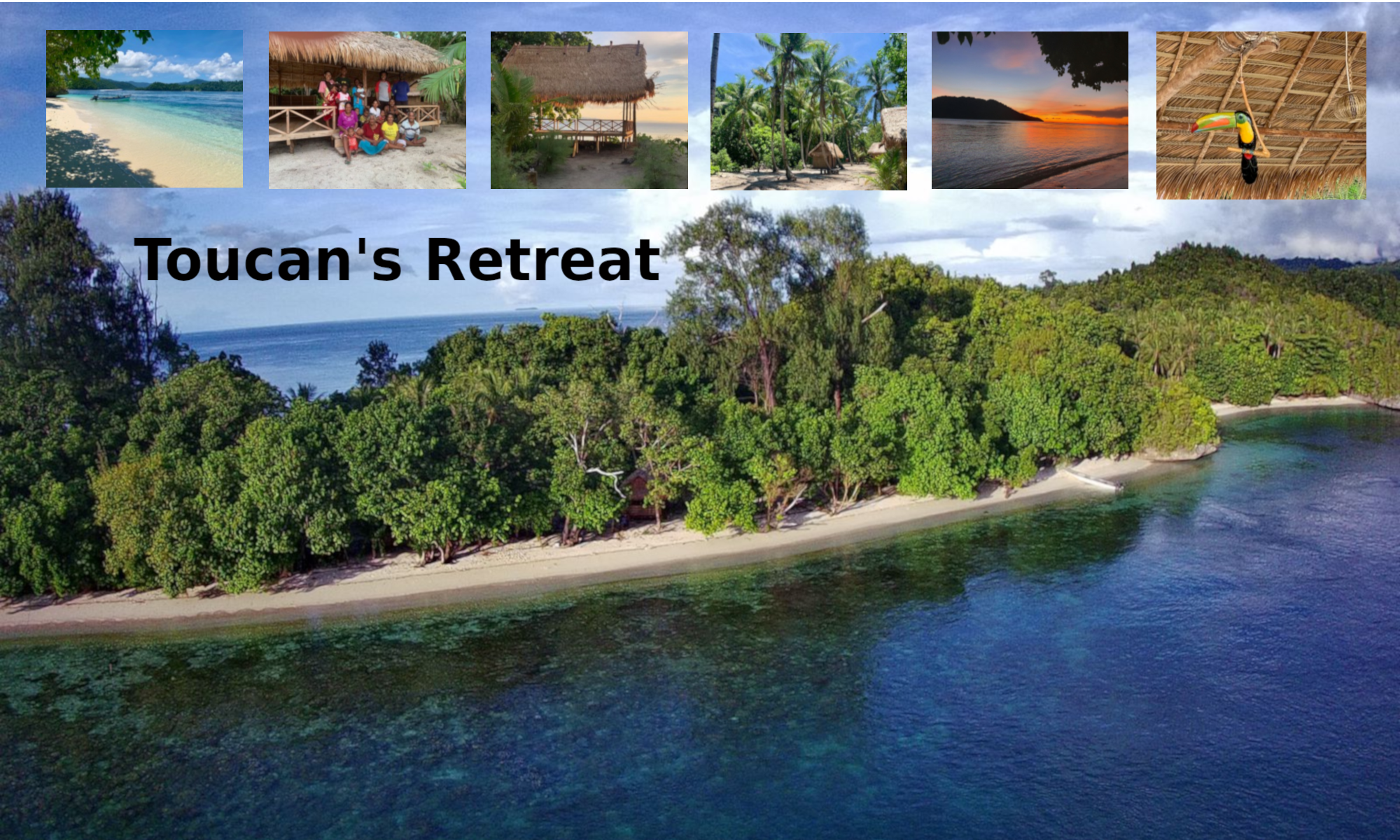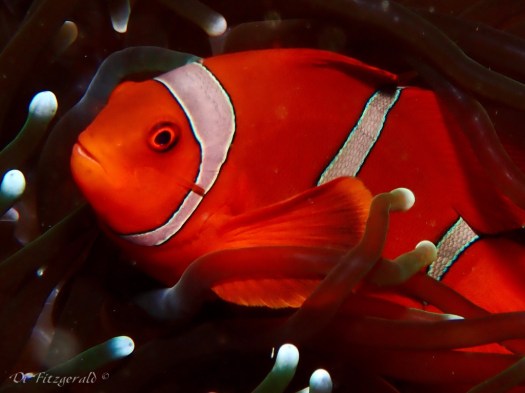
Over the past couple of years, there’s been occasional times when small clumps of grass have sprung up after the rain, only to shrivel and die once the ferocious sun gets to work. But gradually over the last two years, there’s been a bit of a grass revolution and we now have swathes of the stuff growing on the western end of the property. So much so, that we’re going to buy a push mower next time we go to Sorong. How crazy is that?!

The last time I wrote the blog we were about to pack up and head back to Australia for a short trip so Bruce could see his skin specialist and we could catch up with the kids and their partners. Unfortunately, Bruce’s misspent youth in the sun is catching up with him and in recent years he’s had multiple skin cancers removed, including three early-stage melanomas. His specialist wanted to see him every three months, but we’ve been able to compromise on every 6 months. It’s too important to miss, and there’s no one else Bruce trusts as much as this guy, so go we must.
After six months or more on the island, I confess to occasional longings for nice cafes and restaurants with delicious food and excellent coffee, wicked ice-creams, or an ice-cold glass of Sauvignon Blanc. The grass is always greener on the other side!
Truth be told, while all those things are lovely and it was fabulous to catch up with the family, each time we return to ‘civilisation’ we’re more dismayed by the exorbitant price of everything, the weight we put on (!), the crazy traffic, the bureaucracy….the list goes on. So it’s always nice to come home to our beautiful, peaceful, patch of paradise.


The week before we left for Australia our old friend Murphy determined it was time for a bit of a shake-up. Early one morning I was out near the washing line when I heard a ‘pop’ like a paint can expanding, and then an acrid smell. Always alert now to the possibility of fire, I raced to the battery house and the electrical smell was overpowering. Luckily no flames, but something had obviously shorted out. Bruce quickly turned everything off and went to investigate. It seems our inverter/charger had shorted out (at least the inverter part of it). A major problem when we rely on solar power for our energy. Luckily we’ve learnt to have back-ups of most things, so Bruce installed the old, more basic but still working inverter. Now all we had to do was get the other inverter sent back as it was still under warranty. Not so easy when it comes from Jakarta, so it would have to wait until our return. Similarly, my washing-machine started playing up, giving me all sorts of error messages on the control panel. As it was also under warranty, I thought I’d try finding out from the manufacturer if there was a service agent in Sorong. The WhatsApp conversation was very amusing – despite telling them where we lived, I kept getting the same message – “we can send a service technician to your house if you give us your address”. Hahaha – yeah right. So that one was also put in the ‘too hard” basket until our return. These are the challenges of island life, but of course still only first-world problems.
On our way back from our month in Australia we stopped off in Bali for a week to do an intensive Bahasa Indonesia course. We’ve both been frustrated by not being able to communicate properly with the locals, and our internet is too unreliable to do online study. But wow – what a challenging week it was for us two oldies! We had individual one-on-one tutoring for 4 hours every day. By the end of it, our brains were exploding with information overload and there wasn’t really enough time to consolidate one day’s classes before the next lot started. I think we made some headway but it’s going to take a lot of practice which is challenging when most of the time it’s just the two of us on the island!
Another upside of our stay in Bali was our accommodation at the Artotel in Sanur, an arty and quirky hotel with many sculptures and works of art from local artists.


It was just five minutes from the beach, so our reward at the end of class was to have a couple of beers and dinner at one of the many restaurants on the beachfront before we collapsed in our comfortable bed completely shattered.


And now we’re back home and re-establishing everything back to where we left it. We’re now in ‘shoulder season’ with the weather so it’s been mostly windless for the last few weeks, and the heat and humidity have been off the scale. Fifteen minutes of gentle exertion and we’re dripping wet. At least we have the ocean to dive into, although the water temperature is not much better at a constant 29 C degrees underwater.
Hans did a good job of watering my plants while we were away, although they’re still proving too tasty to the grasshoppers and mealy bugs. I’m definitely not going to get Gardener of the Month any time soon – I’ve managed to kill both my tomato plants, one with too strong a garlic/soapy water mixture to keep the bugs away, and the other by overwatering. You live and learn….I’m hoping to plant some more seeds now that my enclosure is finished so we’ll see what the next few months bring. Some time ago we also found an old traditional wooden canoe washed up on the beach, and Bruce has been busy plugging the holes and making a stand to turn it into a planter bed for flowers or veggies. Well, that’s the plan anyway…


Other than that, the only bothersome thing disturbing our paradise is a big fat gecko (or maybe it’s a lizard?) that’s taken up residence in our bedroom roof. Being woken up by a shower of stinky gecko/lizard pee does little for a good night’s sleep and makes a helluva mess of the sheets, so our challenge now is to flush him out and encourage him to move elsewhere. Could be interesting as we have no idea how to tackle this….

Life is never dull, and now that we’re adding Bahasa Indonesia to our daily tasks, the days are pretty full here on Pulau Dayan.
We’ve been back three weeks now, so it’s time to return to Sorong for our regular provisioning trip and try and get repairs made to our inverter charger and washing machine. Wish us luck!















































